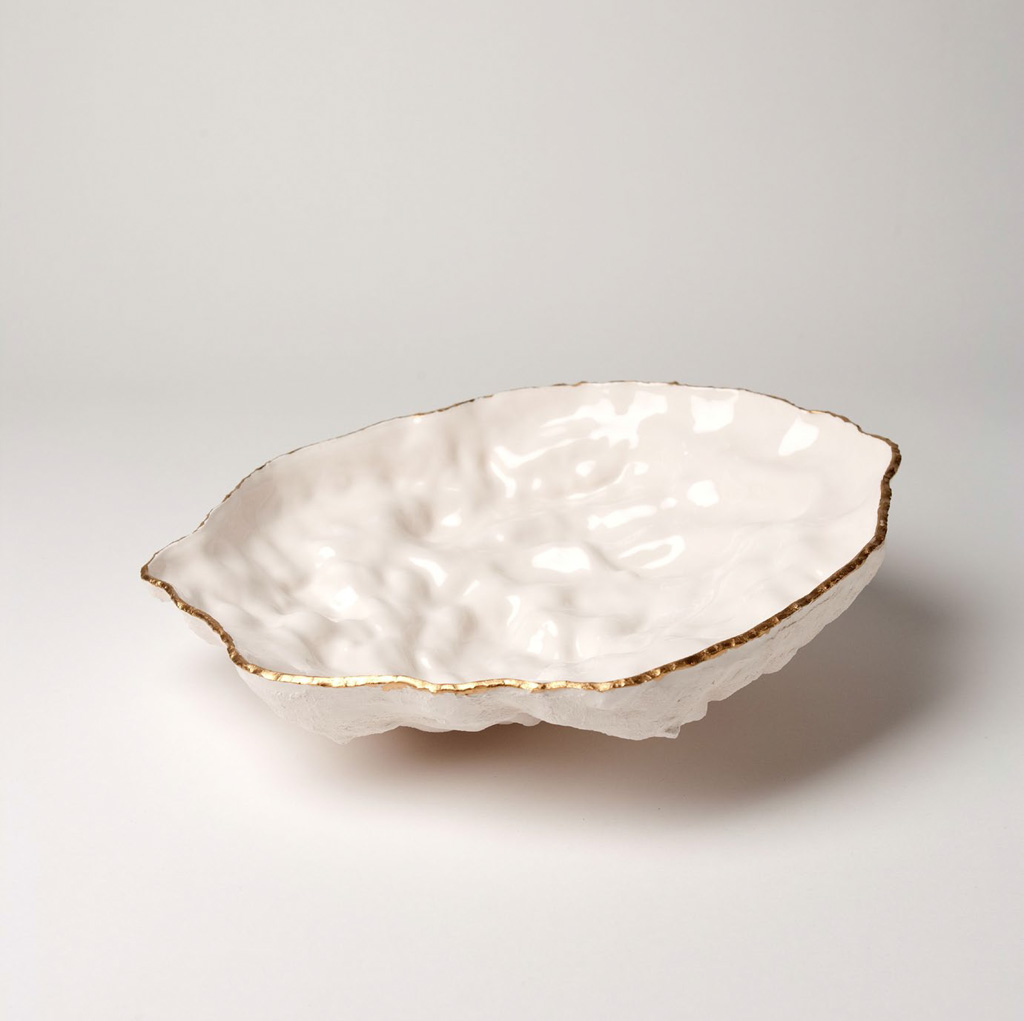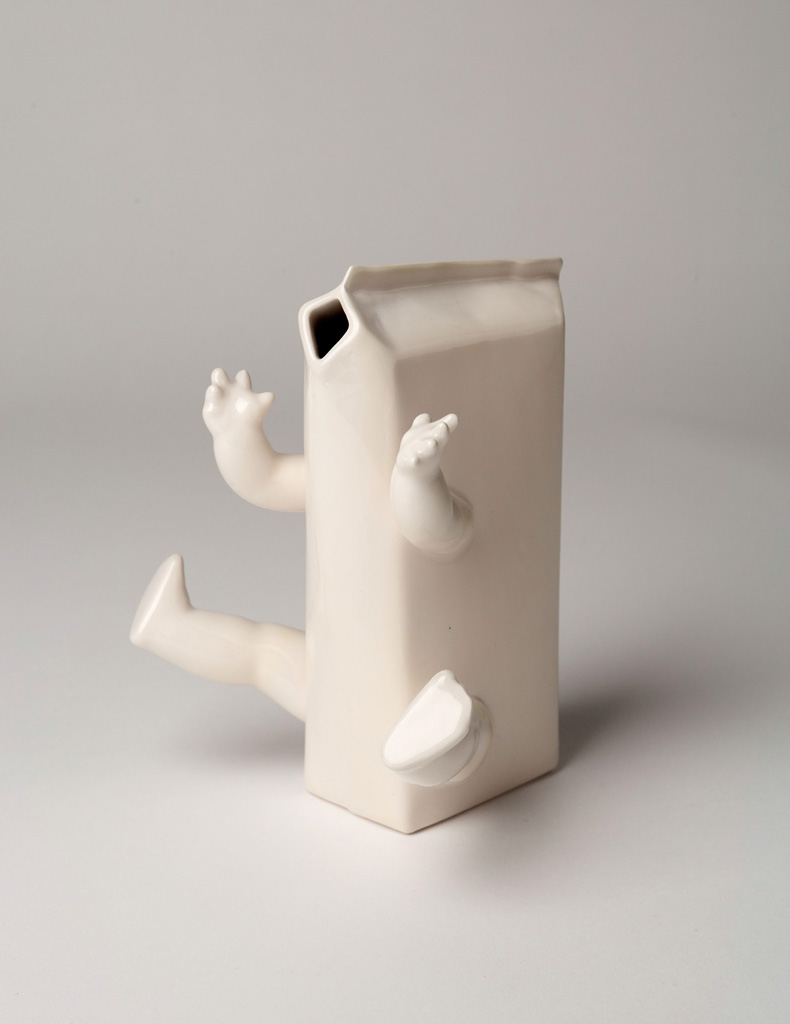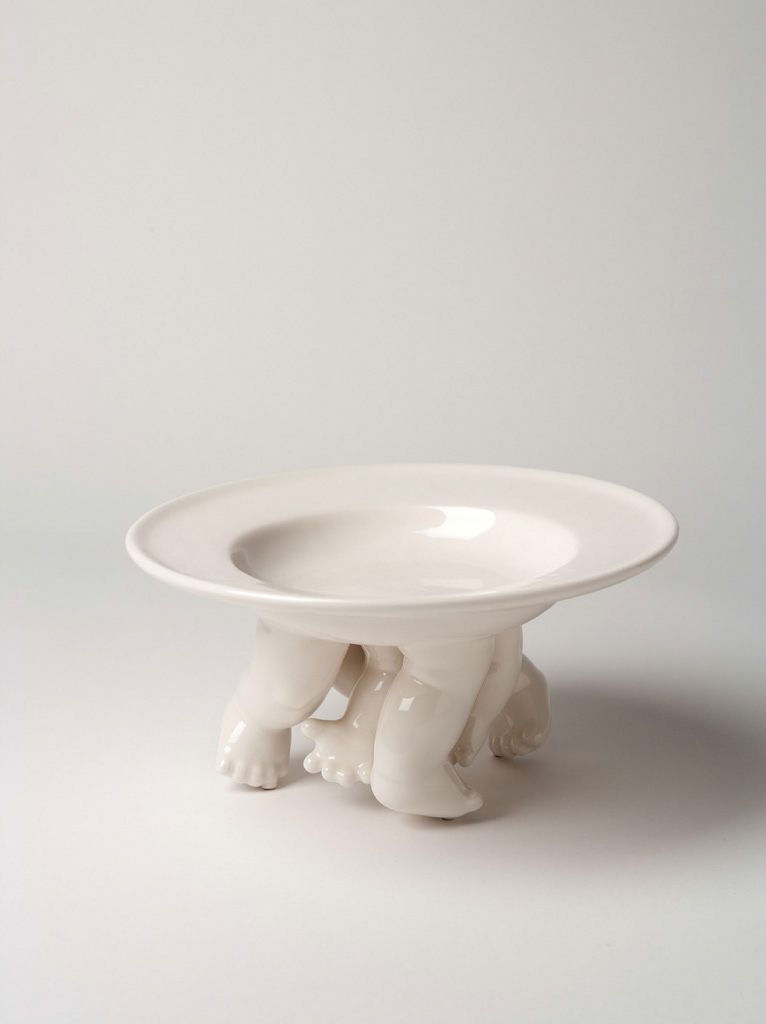
Precious art jewellery
18 February 2015
16 September 2015
Roger studied technical and architectural ceramics for many years, before establishing his own studio and workshop in Badalona (Barcelona) where he creates and produces his ceramics by hand. Krasznai, the name of his production comes from a road sign found during a visit to Budapest. Krasznai means, literally, from the city of Kraszna. The idea to give his creation the name of a Hungarian city fascinated him, even if hard to pronounce.





Having honed his skills in Helsinki, he began producing unique ceramics, with arms and legs, a bizarre idea, which came to him during a beach holiday in Portugal through seeing the arm of a doll sticking out of the sand. He considers the arms and legs sprouting from his vases and cups as a kind of ‘reaching out’, almost as if they are like clumsy little hands protruding from the surface to better catch the customer.
Paradoxically the bizarre never arises from a single source: to those who are surprised, it is worth remembering that the arms and legs of dolls decorate pottery by Fernando and Humberto Campana for Bernardaud, a well-known brand of Limoges. A coincidence, revealing the transgressive mood of many artists.




WHERE: THYSSEN BORNEMISZA MUSEUM, MADRID.
Roger studied technical and architectural ceramics for many years, before establishing his own studio and workshop in Badalona (Barcelona) where he creates and produces his ceramics by hand. Krasznai, the name of his production comes from a road sign found during a visit to Budapest. Krasznai means, literally, from the city of Kraszna. The idea to give his creation the name of a Hungarian city fascinated him, even if hard to pronounce.
Having honed his skills in Helsinki, he began producing unique ceramics, with arms and legs, a bizarre idea, which came to him during a beach holiday in Portugal through seeing the arm of a doll sticking out of the sand. He considers the arms and legs sprouting from his vases and cups as a kind of ‘reaching out’, almost as if they are like clumsy little hands protruding from the surface to better catch the customer.
Paradoxically the bizarre never arises from a single source: to those who are surprised, it is worth remembering that the arms and legs of dolls decorate pottery by Fernando and Humberto Campana for Bernardaud, a well-known brand of Limoges. A coincidence, revealing the transgressive mood of many artists.
WHERE: THYSSEN BORNEMISZA MUSEUM, MADRID.



The Moodboarders is a glance into the design world, which, in all of its facets, captures the extraordinary even within the routine. It is a measure of the times. It is an antenna sensitive enough to pick-up on budding trends, emerging talents and neglected aesthetics. Instead of essays, we use brief tales to tune into the rhythm of our world. We travelled for a year without stopping, and seeing as the memory of this journey has not faded, we have chosen to edit a printed copy. We eliminated anything episodic, ephemeral or fading, maintaining a variety of articles that flow, without losing the element of surprise, the events caught taking place, and the creations having just bloomed.